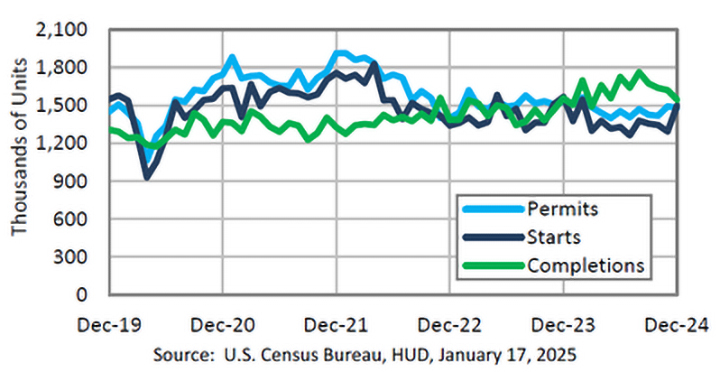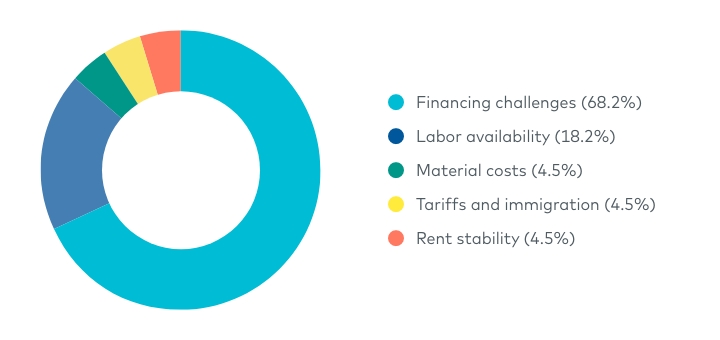When CEOs… Wing It
Thanks to Adam J. Epstein, Veritas Executive Compensation Consultants
Public company CEOs and CFOs are used to being the smartest people in the room. And they know their industry and company better than virtually anyone else. So why would they need to prepare extensively to be interviewed? Many don’t think they need to. So, they basically just… wing it.
Winging it works sometimes. In fact, the smarter and more charismatic you are, the better the chances that you’ll stick the landing.
But when I reflect on the last couple of years of advising and investing in companies, I see a definitive link between inadequate preparation and… faceplants.
[Editor’s note: If it were just once or twice, I wouldn’t be writing this.]
A few thoughts on print and TV:
Here are three things I’ve learned after being interviewed dozens of times – many of them by The Wall Street Journal – that too many public company leaders insufficiently embrace.
1) Many of the reporters are smarter than you.
1a) Read #1 one again.
2) They conduct more interviews in one month than you’ve done in your whole career.
3) They are going to accurately report what you said, not what you thought or wished you’d said.
I asked a great CEO one time how she prepares for print interviews. She said, “I read the reporter’s last five articles, I spend 30 minutes in a quiet setting thinking about what they’re likely to ask me, and then I record myself over and over again on my phone trying to succinctly render a handful of key points. And just before the phone rings, I remind myself to really listen to the questions, and thoughtfully pause before answering them.”
Wisdom.
TV
Apart from driving around the South Island of New Zealand and the Saturday NYT puzzle, few things are more challenging than live television.
Not only do you have all the dynamics of a print interview, but you also have to consider your appearance, speaking cadence, verbal crutches (e.g., “like,” “you know,” “right,” “I mean”), answer length, body language, and all the crummy answers that the print reporter mercifully omitted.
Like anything in life, experts make the hard stuff look easy. Take a look at my friend James Gellert in a recent CNBC appearance discussing automotive credit ratings. As I told him, “It’s so good, it’s almost annoying.”
Your chance of being that good… isn’t great. But your chances of being adequate and potentially getting invited back will go up immeasurably if you hire a media coach and humbly do everything they tell you.
So if the Journal or CNBC come calling, be smart: prepare, prepare, prepare… and save your face.



